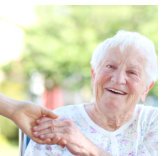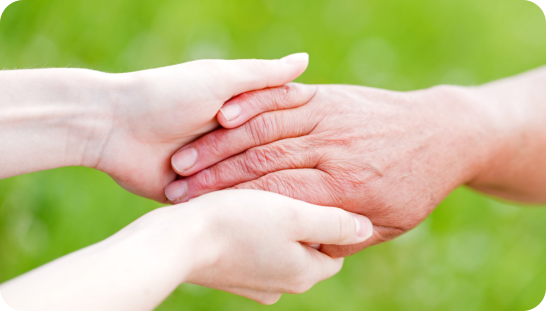Elderly Skin Bruising: Exploring the Causes and Strategies for Prevention
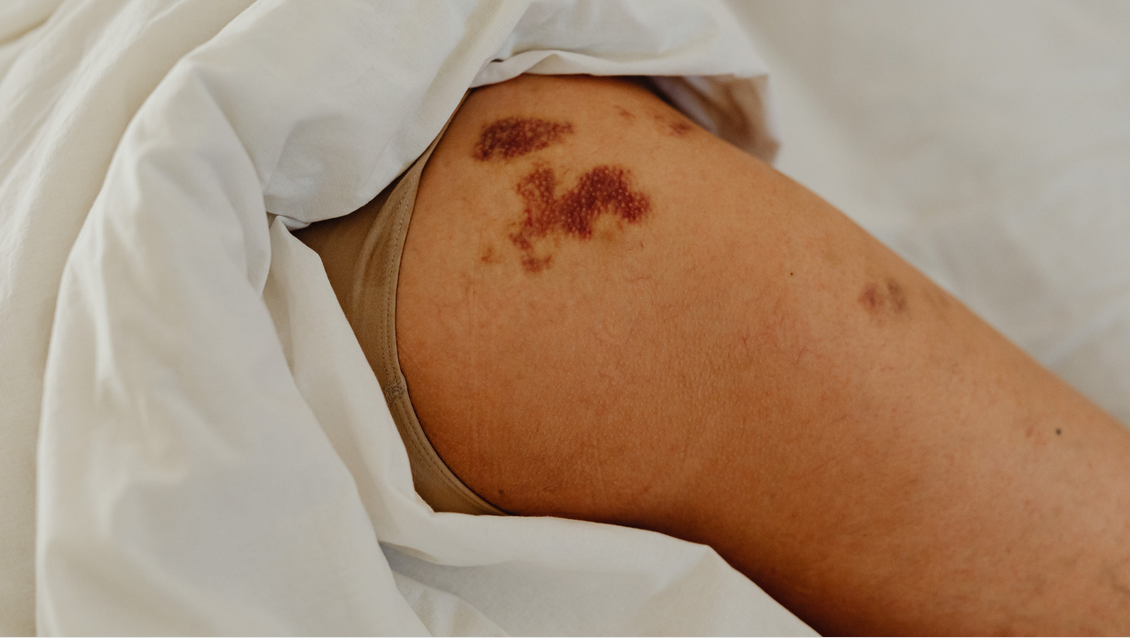
As we age, our skin becomes increasingly fragile and susceptible to bruising. Elderly individuals often experience skin bruising as a result of minor bumps or injuries that would not have affected them in their younger years. While bruising may seem like a minor inconvenience, recurrent or unexplained bruising can be a cause for alarm. It is important to understand the causes of elderly skin bruising and take preventative measures to ensure the overall health and well-being of our aging loved ones.
In this blog post, we will explore the various factors that contribute to elderly skin bruising. We will also delve into strategies for treating elderly skin bruising and skin bruising prevention tips. By gaining a deeper understanding of elderly skin bruising and taking proactive steps to prevent it, we can help our aging loved ones maintain their independence and quality of life.
Understanding Elderly Skin
Aging brings about numerous changes in the structure and function of our skin, making it important to comprehend the specific characteristics of elderly skin when discussing bruising. As we grow older, our skin undergoes a series of transformations that impact its resilience and vulnerability.
One significant change is the reduced elasticity of the skin. Collagen and elastin fibers, responsible for maintaining skin elasticity and firmness, diminish in quantity and quality with age. Consequently, the skin becomes thinner and more fragile, increasing the likelihood of bruising even from minor trauma.
Thinning of the skin is another hallmark of aging. The epidermis, the outermost layer, becomes progressively thinner, making blood vessels more susceptible to damage. This thinning also reduces the protective cushioning that helps absorb impact, further heightening the risk of bruising.
Other Common Causes of Elderly Skin Bruising

Aside from thinning the skin, there are several other factors that contribute to bruising in the elderly. Understanding these additional causes is crucial for effective prevention strategies. Let’s explore them in detail.
1. Medication Side Effects
Certain medications commonly prescribed to the elderly can contribute to an increased risk of bruising. Blood-thinning medications like anticoagulants or antiplatelet drugs may interfere with the clotting process, making the skin more prone to bruising. Additionally, corticosteroids and certain non-steroidal anti-inflammatory drugs (NSAIDs) can weaken the skin and blood vessels, making bruising more likely.
2. Trauma and Falls
The risk of falls increases with age, and when an elderly person falls, their fragile skin is more likely to bruise. Impact with furniture, hard surfaces, or even a slight bump can lead to bruising due to the decreased thickness and elasticity of aging skin.
3. Nutritional Deficiencies
Poor nutrition can impact skin health, making it more vulnerable to bruising. Deficiencies in essential nutrients like vitamin C, vitamin K, and bioflavonoids can weaken blood vessels and impair clotting mechanisms, increasing the risk of bruising.
4. Chronic Conditions and Diseases
Underlying medical conditions can contribute to elderly skin bruising. Conditions such as diabetes in seniors, hypertension, or vascular disorders can compromise the integrity of blood vessels, making them more susceptible to rupture and bruising. Chronic liver or kidney diseases may also impair blood clotting, leading to easy bruising.
How to Treat Bruising in Seniors?
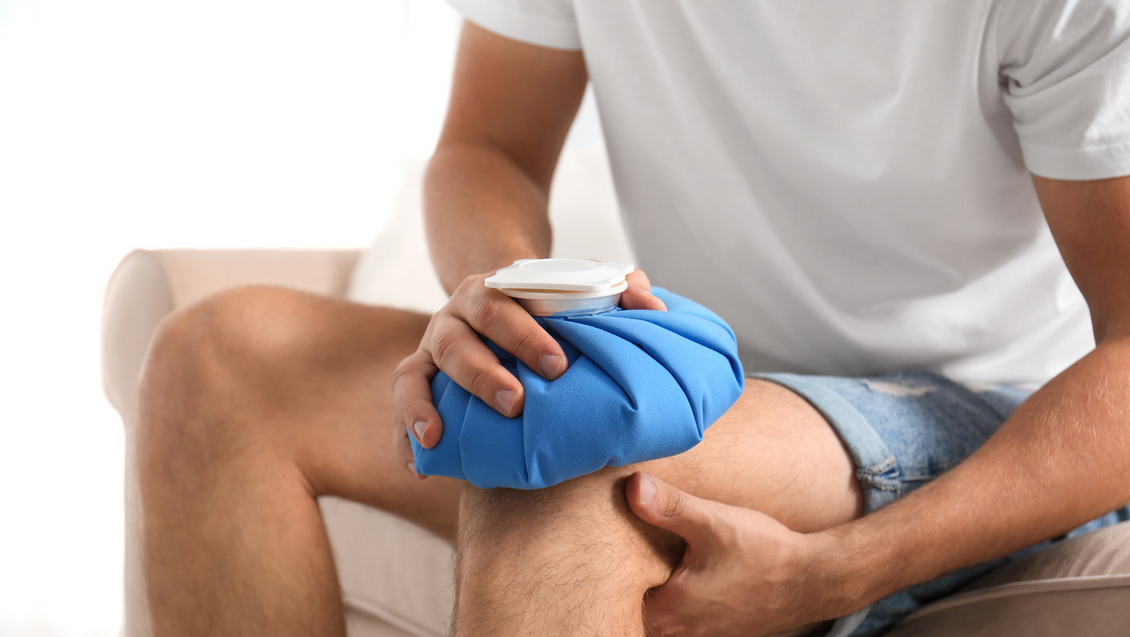
Promptly addressing bruises in seniors is essential for their comfort and overall well-being. While bruises are common, proper treatment can help alleviate discomfort and promote faster healing. Here are some effective strategies for treating bruises in older adults:
- Apply ice or cold compresses: Applying a cold compress or ice pack immediately after a bruise can help reduce swelling and minimize discoloration. Wrap the ice or cold pack in a thin cloth and gently press it against the bruised area for 10 to 15 minutes, several times a day.
- Keep the bruised area elevated: Elevating the bruised limb or body part can aid in reducing swelling and improving blood circulation. Use pillows or cushions to prop up the affected area whenever possible.
- Consider over-the-counter remedies: Topical creams or ointments containing arnica or bromelain may relieve healing and reduce inflammation. However, it’s essential to consult a healthcare professional before using any new medication or topical treatment.
- Encourage rest and gentle movement: Resting the bruised area can help prevent further injury and promote healing. However, gentle movement and range-of-motion exercises can also be beneficial in preventing stiffness and maintaining mobility.
Prevention Strategies for Elderly Skin Bruising

Preventing skin bruising in the elderly requires a proactive approach that addresses the underlying causes and promotes overall skin health. By implementing the following prevention strategies, we can minimize the risk of bruising and promote healthier skin:
A. Fall Prevention Measures
Falls are a leading cause of skin bruising in the elderly. Creating a safe environment by removing trip hazards, installing grab bars, and ensuring proper lighting can significantly reduce the risk of falls in seniors. Additionally, regular exercise programs focusing on balance and strength can improve stability and decrease the likelihood of accidental falls.
B. Medication Management
Regular medication reviews with healthcare professionals are essential for identifying medications that may increase the risk of bruising. Understanding the potential side effects of prescribed medications and discussing alternative options or dosage adjustments can help mitigate the risk.
Here are certain medications that can raise the likelihood of bruising:
- Aspirin
- Corticosteroids
- NSAIDs (Advil, Aleve, ibuprofen)
- Antiplatelet meds
- Anticoagulants (coumadin, heparin)
C. Nutrition and Hydration
A well-balanced diet rich in nutrients is crucial for maintaining healthy skin. Encourage the consumption of foods high in vitamin C, vitamin K, and bioflavonoids, as these support blood vessel integrity and clotting mechanisms. Additionally, ensuring adequate hydration helps maintain skin elasticity and resilience.
D. Skin Care Tips
Gentle skin care routines are vital for preventing skin damage and bruising. Avoid excessive friction and trauma when cleansing or drying the skin. Moisturizers can help improve skin hydration and protect its barrier function. Applying sunscreen regularly is also important, as sun damage can increase skin vulnerability.
E. Wearing Proper Clothes
Choosing loose-fitting, comfortable clothing for seniors without tight elastic or constrictive bands can help reduce friction and minimize the risk of skin bruising.
Seeking Medical Attention
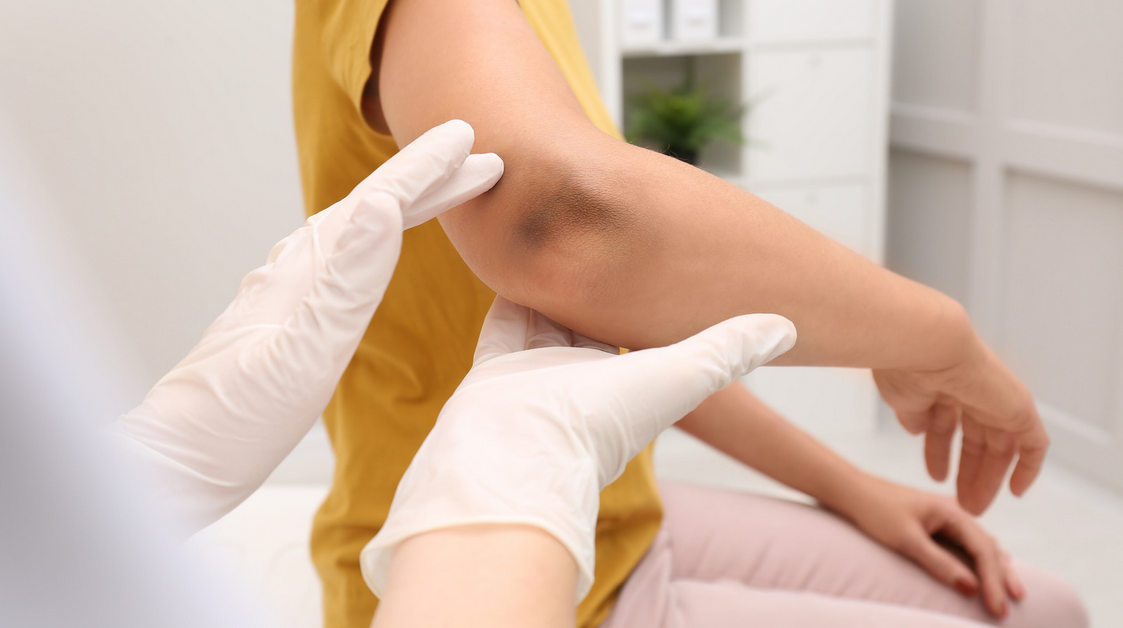
While preventative measures are essential, it’s crucial to recognize when to seek medical attention for bruising concerns in the elderly. Certain situations may warrant professional evaluation to ensure any underlying health issues are addressed. Here are some guidelines to consider:
A. Unexplained or Excessive Bruising
If elderly individual experiences bruising without any apparent cause or if bruises appear frequently and easily, it’s important to consult a healthcare provider. Unexplained or excessive bruising can be a sign of an underlying health condition that requires medical attention.
B. Severe Bruising or Bleeding
If a bruise is particularly large, painful, or accompanied by excessive bleeding, it is advisable to seek immediate medical attention. These symptoms may indicate a more serious injury or potential bleeding disorder that requires prompt evaluation and treatment.
C. Changes in Bruising Patterns
Pay attention to any noticeable changes in bruising patterns, such as bruises appearing in new or unexpected locations or bruises that take longer than usual to heal. These changes may signify an underlying medical issue that a healthcare professional should assess.
Regular check-ups and open discussions with healthcare providers are vital for maintaining optimal health in the elderly. Be sure to share any concerns or observations regarding bruising during these appointments. By seeking medical attention when necessary, we can ensure that any underlying causes of skin bruising are identified and addressed appropriately.
Final Thoughts
Throughout this comprehensive exploration of elderly skin bruising, we have uncovered a multitude of causes, ranging from age-related factors to medication side effects. By understanding these triggers, we can take proactive steps to prevent and manage bruising in our loved ones.
When caring for our seniors, having someone dedicated to their well-being becomes essential. The need for vigilant observation and timely intervention cannot be overstated. Whether it’s a family member, a caregiver, or a professional, ensuring someone is there to look out for your loved one is paramount.
Serenity Senior Care recognizes the importance of exceptional care for elderly individuals, including proactive measures to prevent skin bruising. Our compassionate team of caregivers is trained to identify risk factors, implement preventive strategies, and create a safe and nurturing environment for your loved one. Trust Serenity Senior Care to deliver the highest level of support and peace of mind for you and your family.

